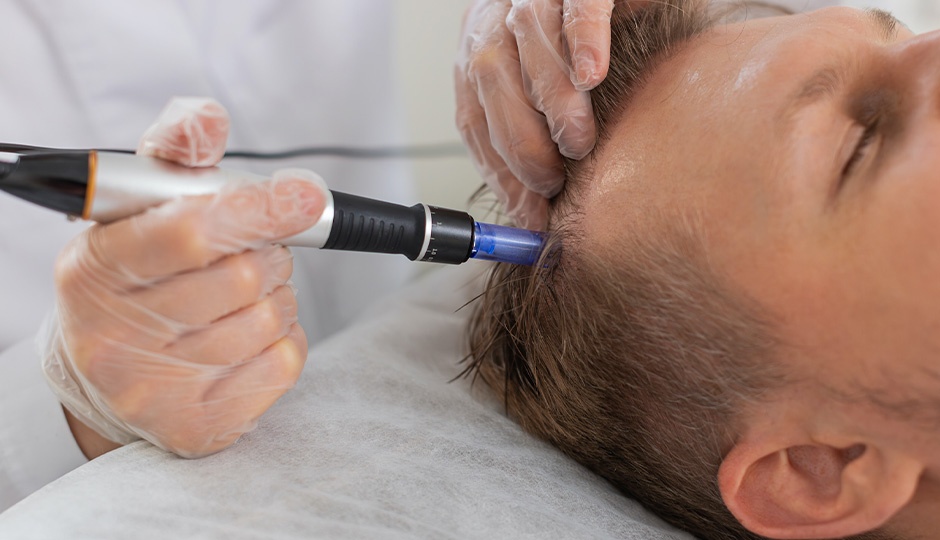To someone without this condition, it may seem strange and easy to stop. For a person that’s battling trichotillomania, though, it’s much more complex. This condition involves pulling hair, often right out of the scalp or another area of the body. It’s not just the act of pulling hair out but rather the uncontrollable urge to do so. Why does it happen? If it is happening to you, know that there are things you can do to help your hair and handle the underlying cause of your condition.
So, What Is Trichotillomania?
Trichotillomania (TTM) is a type of mental health disorder. A person who engages in it has an overwhelming desire to pull out the hair on their body. Up to two percent of people reportedly suffer from this condition.
A person with TTM may pull hair out from the scalp or other areas. It’s common for children with this condition to focus on pulling hair out of just one or two areas, but it’s not always that simple in people who are older. Sometimes, it may be pulling eyelashes or eyebrow hair. Other times it may be pulling hair from other locations.
The Question Is Why?
It’s not always clear why people pull their hair out in this condition. In some situations, it may be the result of genetic conditions. Other times, environmental factors may play a role in it. What we do know is that, in many, the act of pulling hair out seems to provide some type of relief from anxiety, frustration, or fear.
Many people engaging in TTM do not notice when they are doing so. They simply pull their hair out without thinking about it. Yet, as they do, a cycle begins. They pull their hair out because they have anxiety or because they are frustrated. Once they do so, they then are embarrassed of their lack of hair, and that leads to more anxiety and frustration, motivating them to pull again. It can be a vicious circle.
Some people with TTM have other types of mental health disorders. They may suffer from obsessive-compulsive disorder, depression, anxiety, autism, or attention deficit disorder. However, none of these conditions is an underlying cause for TTM. Not everyone with those conditions develops trichotillomania.
Who Is the Most at Risk for TTM?
TTM can happen to anyone. Typically, it begins in adolescents and can worsen or be outgrown at that time. However, it is much more common to happen in women than in men. Sometimes, a person with this condition is likely to have other mental health conditions, be in the midst of a stressful situation, or simply be frustrated.
If You Have It What Can You Do About It?
It’s possible to get treatment for your condition. The good news is that, if not pulled out and if there is no damage to the follicle itself, it is likely that your hair will grow back if you have this condition. However, it’s also important to note that you need to work with a team of professionals to find out why it is occurring and overcome it. It’s not healthy to continue down this path.
Luckily, treatment for mental health disorders can typically help a person with TTM to control or manage that cycle. Treatment may include:
- Working to recognize why you engage in this behavior and what type of situations bring it on
- Work with a professional therapist to determine what type of other behavior you can engage in when you feel those feelings so you can avoid pulling your hair.
- You may also learn ways to stay motivated to not pull hair, such as rewarding yourself for not doing so when getting through a difficult time.
In addition to this, people with TTM need to work through the underlying cause if known. That may include past trauma, an inability to manage stress, or untamed anxiety. By working with doctors to overcome those challenges, it may be possible to reduce some of the overwhelming feelings that you have that lead you to engage in TTM behavior.
Your hair can then start to regrow with your ability to love the way you look again. If you’re engaging in TTM, reach out to a therapist to find out why. For hair and scalp therapy treatments, contact the team at Unique Hair Concepts for a complimentaty, private consultation.






